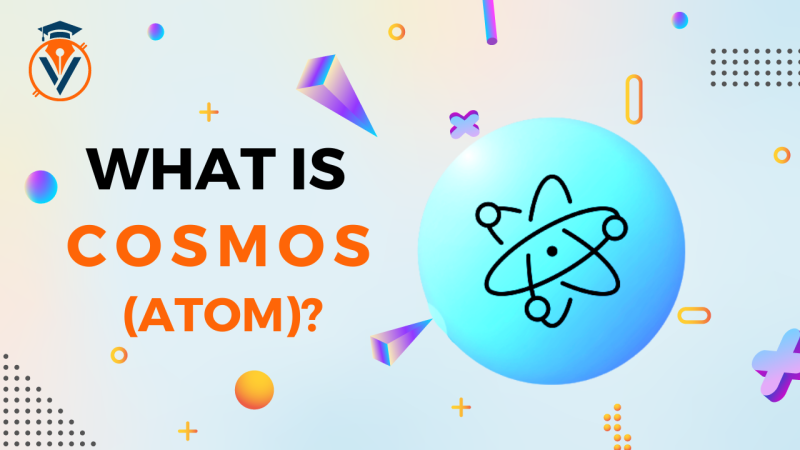There is some ambiguity between the two notions at times. It's often perplexing, and we wanted to stop it, even though it's not a significant blunder. We'll look at the differences between the two in this post because there is one. If we're going to talk about it, it's because it's one of the fascinating aspects of DeFi and one of the essential foundations of the new economy.
Naturally, DeFi is a universe unto itself, as well as a field within which we may discover a variety of financial services. For example, loan/borrowing portals, staking services, DEXs, and other available services. But, on the other hand, yield Farming and Liquidity Mining methods are the ones that create a lot of noise.
It is also the reason for the recent surge in interest in DeFi in general. The most cynical would argue that this is just another speculative bubble driven by FOMO and promised enormous profits. Yet, everyone hurries through it without fully considering the details.
Indeed, some tokens, which are often worthless, have been "inflated" for no other purpose than to make quick money...
Aside from that, a genuine financial innovation ought to be mentioned. Anyway, let's skip the preamble and get right to the meat of the matter.
Liquidity Mining: Bringing Liquidity
Liquidity mining is the product of two key concepts:
- Liquidity
- Cryptocurrency mining
It's the notion of liquidity, in particular, that will help you comprehend everything that follows. It is explained by the fact that it is a necessary component of the famed AMM's operation (Automated Market Maker).
Liquidity is critical to the operation of an exchange. Recognize that AMMs (Automated Market Makers) require liquidity to function. Liquidity pools enable this trade as much as centralized platforms function with "order books" as much as AMMs. It is what allows the tokens to be bought and sold. Decentralized systems, for example, have a significant "missing" in comparison to centralized platforms. The latter, on the whole, have higher liquidity, which attracts more traders. And, as a result, liquidity, etc., increases inexorably. As a result, a lack of liquidity was a significant factor preventing the decentralized platforms from achieving their goals.
Mining is a term that comes to mind when you think of Bitcoin mining. Indeed, this is the term most commonly associated with Proof-of-Work mining. We will be able to solve algorithms and mine cryptocurrency using computational power.
Consequently, liquidity mining is a process that is the outcome of combining mining with liquidity.
It is what piqued many people's curiosity and brought DeFi to the public's attention.
So, when you undertake liquidity mining, you will essentially become a " liquidity provider," lending your money to a particular pool. As a result, we will get new coins recently produced, depending on the duration and especially the quantity of liquidity we give. A platform that conducts liquidity mining, for example, will be able to compensate and reward liquidity providers by awarding protocol governance tokens to them. The symbol LP designates the Liquidity Provider Token.
As a result, liquidity providers are attracted twice as much! On the one hand, he will receive a proportion of the swaps between the tokens as a fee (usually between 0.1 and 0.3 percent), and he will also gain LP tokens, which will be generated with each new block.
As one might expect, this twofold incentive has attracted so many individuals to DeFi.
We can now clarify what Yield Farming is now that it is apparent.
Farming for Yield
Yield Farming is maximizing participants' profits by utilizing Liquidity Mining. By the way, Yield Farming may be done in various ways. Production Farming, for example, might entail betting on several platforms to maximize the yield of these LP tokens. On the other hand, Yield Farming is primarily concerned with increasing the yield of these LP tokens through various means (such as staking, for example).
The Compound project started the machine. Participants that used Compound's lending/borrowing protocol received governance tokens. As a result, they were able to "earn" COMP tokens.
The value of the COMP token immediately increased, and traders began to speculate on it. Other individuals wanted to utilize the procedure solely to obtain COMP, and Yield farming was formed as a result.
Conclusion
Indeed, whereas liquidity mining refers to supplying liquidity to platforms, yield farming refers to the process of "cultivating" (farming) new tokens.
It is why we frequently mix up the two terms since, in general, we do both now.
That's all there is to it; you now know the difference between the two.
I hope you enjoyed this post and found it helpful in helping you see things more clearly. It is a new set of terminology and a new sort of retaliation.
Yield farming and liquidity mining are still in their infancy, so it's understandable if you don't fully grasp certain concepts.


